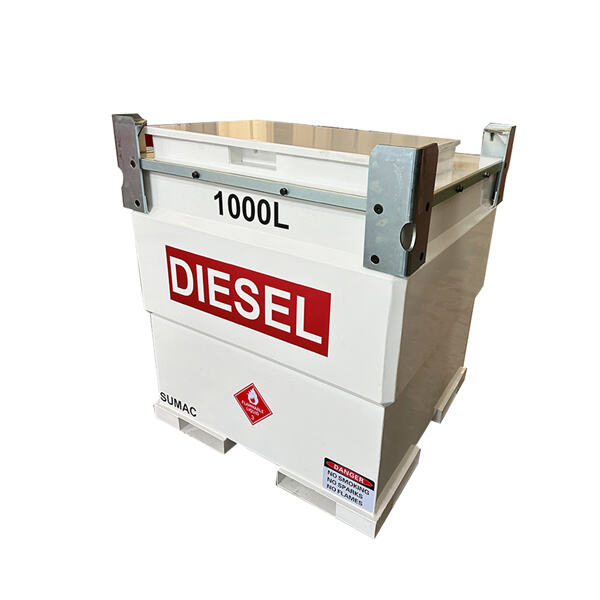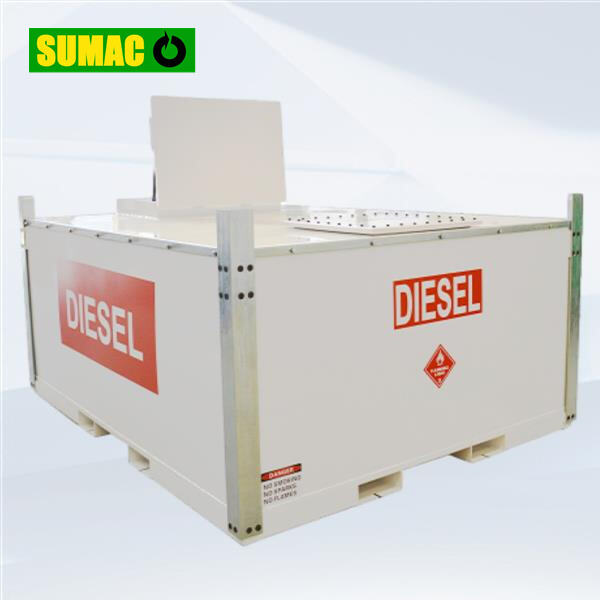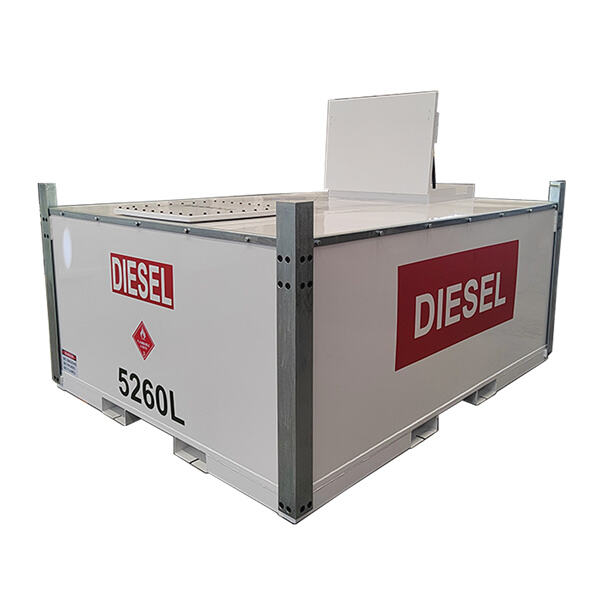Reservoir yo akòl anpil krap a pren yon gren bwat pa fak se ki sèvi pou machin ak dispozit variè. Reservoir SUMAC sa yo se gran bato kapab stocke l ti tan san difikilte. Ki al, nou dwe gaden ke reservoir yo te gen nan atann epi nan tan yo ka antre nan fraksyon oswa pwoblèm, asy bon nou dwe trete yo byen pou evite fuite ak pwoblèm lot. Obje a ti ekri a se konstri a sou tip, zòn pye atansyon, kost ak mèsajman jeneral ak proteje lavi an reyalite a ak teknoloji nèf pou chek reservoir.
Se esensyèl pou nou netwaye reservoir l apre yon fuite nan tank la ka fè damaz pou lavi an reyalite a ak tou sa ki dan je, sa ka mete vye nan danger. Tank se pouki rezervoir d'oli yo dwe etenn byen pou evite fuite ak lòt pwoblèm. Chek rezervoir yo de tems en tems ka ede atrape pwoblem yo devan yo soti nan men. Nou atrape piti pwoblem yo devan yo grandi pa fè inspeksyon reguliyè, ki fasil pou repare tou. Etann rezervoir yo net ke pa ke blòye bon oli dedans epi kontamine\/oli dehors. Rezervoir net vle di masin ki sèvi ak oli a ka travay ak efikasite ak sekirite.
Nou gen yon grenn seleksyon diferan tip tanke ki ka sèvi pou plizyè sòt. Gen de tip tanke w ap kenbe: sou ter ak souteran. Tanke SUMAC sou ter ka konnen nan kay lajan an reyalte ak tanke souteran ki pi sèvis pa biznis yo ak enterre kèkwa. Gen anba tanke dwab ki gen yon kat ekstra ki antoure tanke a pou evite tout dègazaj. Reservoir plastik lè a ajoute yon nivo ekstra sekyirite ak sekirite. Yon tanke lòtès selè, an kontrè la, se yon espas ansè kle dezine pou yon pti montant lò. Tanks sa genèdman sèvi pou stòj sou kout e ka transfere facileman si bezwen an leve.

Nan pran desizyon sou yon kontenner lò, pri ak tout de meme fason. Nan jeneral, tanks pi gwo pi cher pou achte ak kontni yon volim pi ele lò. Cho ki pi kritik la pou SUMAC se chwazi grèn tanke ki pi bon alinje ak bezwa unik ou e pa pral oblije ou depoze plis ke kesarye. Pou egzanp, si yon propiè te vle sèvi lò tan rete nan zòn dlo; li kapab chwazi yon tanke pi piti ki ka kontni asou pou yon sèzon. Sou Reservoir a lespri serisi NW flè a, yon entrepriz ki konplèman bizen lò ka gen rezon pran yon tanke pi gwo pou stòj asou byen pou yo pa fini sou yon periòd pi long.

Reservoir d'oli yo dwe ete entrepose ak elime nan yon mannyè k ap fè tounen mal pa lavi anviwonomant. Menmsi, ni dwe santi kisa metodes pi apròpriye yo sekije lòd resovwa d'oli la pou pa fè mal pase gen fwi oswa difizyon. Yon fwi, ki chimi yo te difije nan sò oswa dlo a, ki afekte òganizasyon lot li viv la, ka gen konsekwans dangere pou plant e sanbleman. Ni dwe tou proteje ke resovwa d'oli vye yo ap etre elime, avan yo fè kontaminasyon. Resovwa d'oli dwe soti tout kòmpleman, netwaye eksperyansman ak enleve san defi nan reyèl disposisyon lokal la pou sekirite ka mantnen. Reservoir a lespri serisi ARST Yon fwi, ki chimi potansyèlman malen yo te difije nan sò oswa dlo a, ki afekte òganizasyon lot li viv la, ka gen konsekwans dangere pou plant ak sanbleman. Ni dwe tou proteje ke resovwa d'oli vye yo ap etre elime, avan yo fè kontaminasyon. Resovwa d'oli dwe soti tout kòmpleman, netwaye eksperyansman ak enleve san defi nan reyèl disposisyon lokal la pou sekirite ka mantnen.

Nan bon chans, nouvèl teknoloji a te fè se ki pi fac pou teste ak soti nan pati rezervoir dlo. Yon nan bagay yo ki te chanje se sistèm nan distans pou mennen konte pa tan sèlman kijan wap gen dlo nan yon rezervoir, men tou rele lè gen yon pwoblèm devan li ka fini nan entretènman rouline an anvi a monte. Li kapab ede w planifie kote wap fè entretènman ak ramèn pi dlo. Konbe Tanke ak pompe nouvo yo se sisèm deteksyon fwi pi sofistike pou avèti de suite lè gen yon fwi ak sistèm ajistiman antomatik dlo a pou informe prodikte èlektrisite sou nivo ki lubrifiant dispo, epi kote li bezwen rechaje.